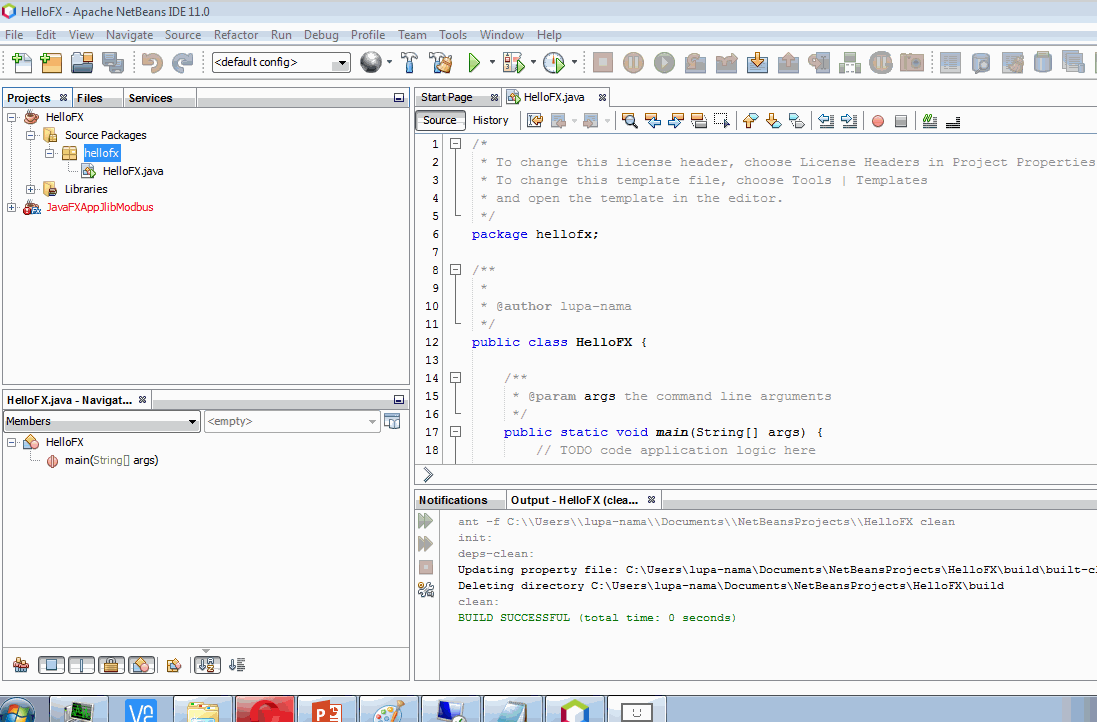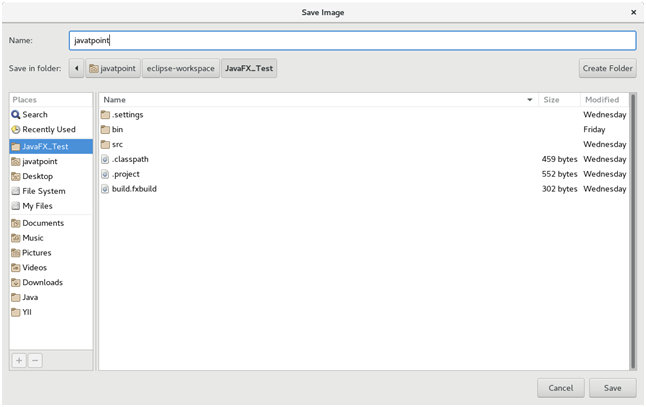

Installmation – An Installer Generator for Java 11+ Apps So if some time in the future, TestFX stops being maintained – I have a fallback plan. That said, my previous experience with duplicating TestFX capabilities like “Find By Id”, “click node with Id” was pretty good – it did not take long and worked well.
JAVAFX OPEN RECENT MENU CODE
I will use it for my FX code generation project, as I don’t need to test complete JavaFX applications, just the creation of FX nodes and scene graphs. This approach requires recreating TestFX functionality, and so would not be the best approach for the vast majority of test scenarios. Here is a minimal example: FXBlock(Runnable as LabelĪssertThat(label.text).isEqualTo("button clicked") This class just wraps calls to nLater and runs a block of FX code in the FXApplication thread and ALWAYS blocks until the FX Thread is done. Wrap FX tests assertions in FXBlock class.Initialize the FX toolkit in a static method.

JAVAFX OPEN RECENT MENU HOW TO
This led me to consider how to create unit tests without a dependency on TestFX, as I only needed to create FX nodes without ever displaying them, but wanted to ensure JavaFX threading issues were taken care of. * TableView} passed in should be used as normal.Whilst developing a recent project, I found that I needed to create FX nodes outside the context of an FX application (an experiment in code generation). TableViewContextMenuHelper} is a utility class and the * CustomMenuItem}s which are set to not close the context menu upon * as input and replaces it's default context menu. * The TableViewContextMenuHelper} takes in a TableView} There’s not too much to cover for this topic, so let's dive right into the code. The rest of the code can be found at the bottom of this post. I’m going to be using some of the code I wrote in a previous post, so if you need to know where some of it is from, have a look at Editable Tables in JavaFX. We humans are a lazy bunch, so reducing how many mouse clicks we need to make will make us much happier. So, I did it again… and again… now do you see what I mean?! That menu should stay open so I can show/hide multiple columns without reopening it. Now, this doesn’t seem like much of a problem at this point, but I still had some columns I wanted to hide, so I opened up the menu again and chose an item and the menu closed. Upon loading up the TableView‘s context menu at the top right corner, which is used to show/hide columns if you click on one of the menu items, the menu will close itself down.

I was doing some general testing around a JavaFX table application I had written and I ran into this really annoying problem (I find it frustrating anyway). This is a post that I wanted to write as it was a problem I ran into at my previous job, probably around this time last year.


 0 kommentar(er)
0 kommentar(er)
